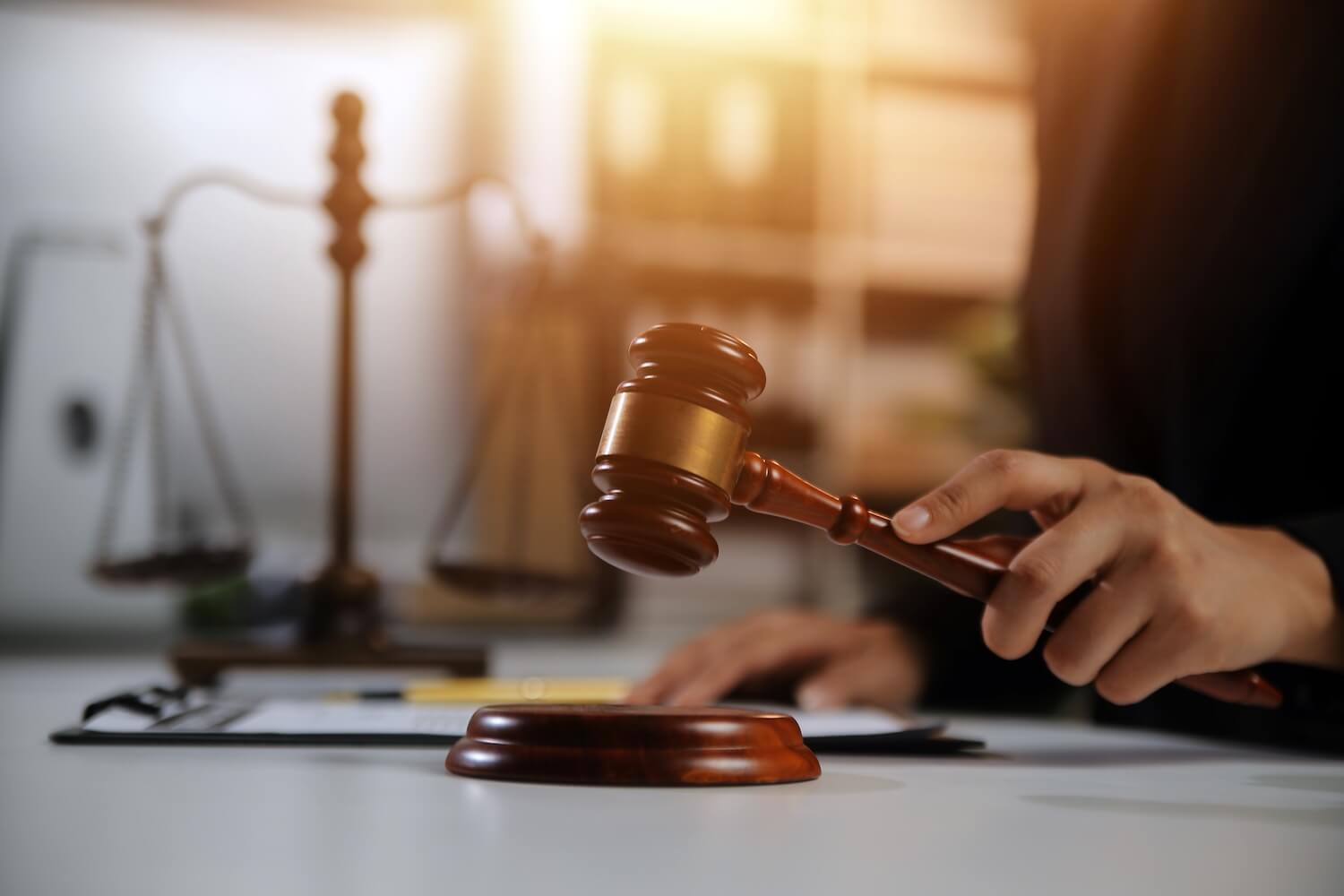Can You Still File a Claim If You Were Partially at Fault?

Written by Matthew Weidinger

When someone is involved in an accident, determining fault can be complicated. Many wonder if they can still file a claim when they share some responsibility for what happened.
The answer is yes—being partially at fault does not necessarily prevent a person from filing a claim or receiving compensation. The specifics depend on state laws and how fault is divided between the parties involved.
Understanding these details is crucial for anyone considering a claim after an accident. The article breaks down what partial fault means and how it impacts the claim process.
Understanding Partial Fault in Personal Injury Claims
Partial fault means that more than one party shares responsibility for an accident. Knowing how the law assigns and handles fault is crucial for determining whether a claim can proceed and how compensation is affected.
Explanation of Comparative Negligence Laws
Comparative negligence laws allow a person to recover damages even if they are partly at fault for an accident. These laws vary by state but generally reduce the claimant’s compensation by their percentage of fault.
For example, if a person is 30% at fault and the other party is 70% at fault, the damages awarded will be decreased by 30%. Some states follow a “pure comparative negligence” rule, meaning any fault allows a claim, while others use a “modified comparative negligence” rule, which prevents recovery if the claimant is 50% or 51% at fault. Colorado follows the modified comparative negligence rule.
This legal framework encourages fair compensation based on actual responsibility rather than denying claims entirely due to partial fault.
Common Misconceptions About Fault and Claims
Many believe that being partly at fault automatically prevents them from filing a claim. This is false in states with comparative negligence laws. Partial fault typically reduces compensation but does not eliminate the right to pursue a claim.
Another misconception is that fault must be proven entirely by one party. Courts and insurance companies look at all evidence to assign percentages of fault to each party.
It is also mistaken to think insurance companies will not negotiate if fault is shared. Often, settlements still occur, reflecting adjusted amounts based on fault proportions. Understanding these points helps claimants manage expectations and seek rightful compensation.
Filing a Claim When You Are Partially at Fault
When a party shares some responsibility for an accident, the process of filing a claim changes. The degree of fault affects compensation and legal procedures, while timely actions after the accident are critical to protect one’s rights.
How Being Partially at Fault Impacts a Claim in Denver
Denver follows a comparative fault system. This means if a person is partly at fault, their potential compensation will be reduced by their percentage of responsibility. For example, if a claim is worth $10,000 and the claimant is 30% at fault, they may receive $7,000.
The court or insurance adjuster determines the fault percentage. Factors include evidence such as police reports, witness statements, and traffic laws. Even if a person is mostly at fault, they can still recover damages unless they are found 50% or more responsible.
Steps to Take Immediately If Involved in an Accident
After an accident, the person should first ensure safety by moving to a secure location if possible. Contacting emergency services and reporting the accident to the police is crucial. A police report provides an official record of the event’s circumstances.
The individual should document the scene thoroughly with photos, notes on conditions, and contact information of other parties and witnesses. This evidence supports establishing fault and helps protect against inaccurate claims or disputes.
Finally, notifying one’s insurance company promptly preserves claim rights and can assist in coordinating investigations or repairs. Delaying these steps may reduce the chances of successful compensation.

Maximizing Compensation After an Accident
Securing the right compensation after an accident depends heavily on clear evidence and skillful negotiation. Understanding how to present a claim when partially at fault requires strategic handling to protect financial interests.
The Role of Legal Representation in Maximizing Compensation
Legal representation guides claimants through complex liability laws. Attorneys assess fault percentages, gather evidence, and build a case that can reduce the impact of partial fault on compensation.
They negotiate with insurance companies to avoid unfair settlements. Lawyers also ensure all damages, including medical bills, lost income, and pain and suffering, are fully accounted for.
Proper legal advice can increase the odds of receiving compensation that reflects the true extent of the claimant’s losses. Without legal aid, claimants risk undervaluing their claim or missing critical deadlines.
Benefits of Hiring an Experienced Law Firm Like Smith & Weidinger PLLC
Smith & Weidinger PLLC has a proven track record with partial fault cases. Our experience includes detailed accident investigations and advanced negotiation tactics tailored to minimize fault discounts.
We provide personalized case management and transparent communication. Clients benefit from clear explanations of how fault apportionment affects their claim and strategies to maximize recoveries.
Smith & Weidinger understands local laws and insurer behavior patterns, offering an advantage in contested claims. Our focused approach helps clients obtain fair settlements or secure favorable trial outcomes when necessary.
Note: The information provided in this blog post has been compiled from publicly available and secondary sources. While we strive for accuracy, some details may become outdated or contain inadvertent errors. If you believe any information is incorrect or requires updating, please contact Smith & Weidinger so that we may review and make the appropriate corrections.
Disclaimer: This blog post is for informational purposes only and is not intended as a solicitation for business. The photo used is not from the scene of the incident described. Viewing this content does not create an attorney-client relationship with Smith & Weidinger. If you have been injured in an accident, please seek immediate medical attention and then consult with a qualified attorney to discuss your legal rights and options.










